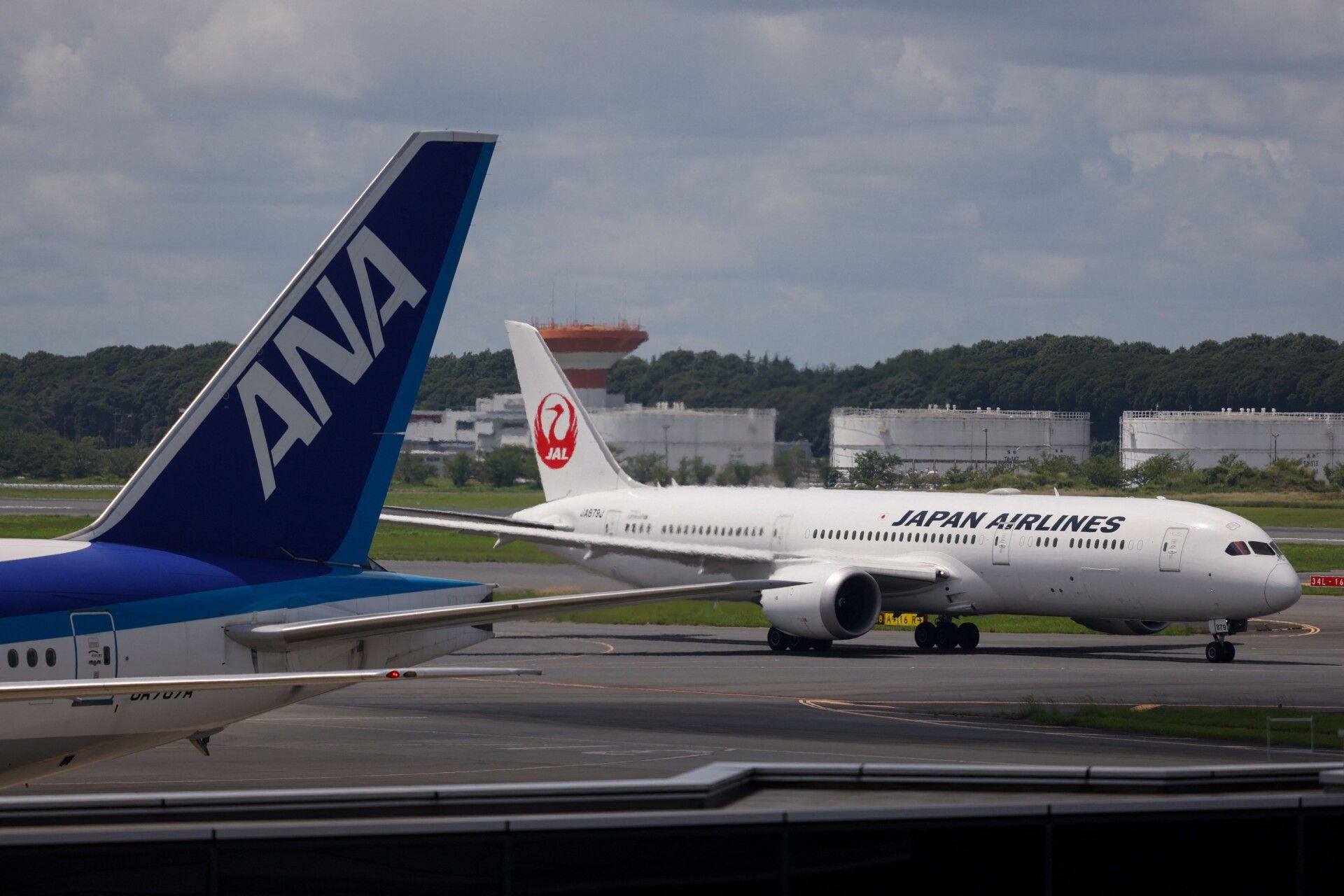On the weekend, thirty-six keen Japanese braved the pre-dawn to walk part of Tokyo Narita's runway 16R/34L, also known as Runway A. The runway strollers had won a lottery run by Narita Airport, and the success of the event in the early hours of Saturday, May 21, has prompted the operators of Narita Airport to contemplate further similar lotteries in the future.
An early morning stroll on Narita's longest runway
According to the Japanese news outlet The Mainichi, the lottery winners had access to approximately 500 meters of the south end of Narita Airport's Runway A for about 30 minutes before the day's flights began. That meant an early start - Narita Airport bussed those 36 people out around 04:30. Before the flights began, they could check out the intricacies of runway construction and engineering - the drainage, the lighting, and the line-markings.
Later, as the first jets of the morning began arriving and departing, the group stood at a distance and watched the landings and takeoffs. "It was a good experience because it was a place I would never normally be able to walk along," 38-year-old Masanori Itoga told Mainichi. His small son, Sakutaro, who came along, was more impressed by watching the planes and getting close up and personal with the runway.
A big runway that stretches out to the horizon
Standing up one end of Narita's runway 16R/34L, you'd be hard-pressed to get a handle on the runway's length and complexity. At 4,000 meters in length, the runway is one of the longest in Japan and can handle the biggest planes. There are two runways at Narita. In addition to runway 16R/34L, the shorter Runway B (16L/34R) opened 20 years ago to ease growth pains at Narita. At 2,500 meters, the decision-makers behind Runway B received criticism from the get go - the runway's length being too short to handle big planes like Boeing 747-400s and Airbus A380-800s.
A third runway is on Narita's radar. Constructed in parallel with Runways A and B, a 3,500-meter Runway C is slated to start handling aircraft later this decade.
Further runways planned by Narita Airport
Diving into the nitty-gritty behind Narita's longest runway, the end elevation of Runway 16R is 130 feet, the alignment is 156.0, the slope is 0.1, and the displaced threshold is 0 feet. Coming in at the other end, Runway 34L, the end elevation is 139 feet, the alignment is 336.0, the slope is -0.1, and the displaced threshold is 2460 feet. Narita's Runway A shares with Kansai Airport's runway 06L/24R the title of Japan's longest runway.
"We felt that there's a great need for people to enjoy not only flying but the airport itself," a Narita Airport told Mainichi. Meanwhile, Japan's top airport for international flights was also in the news this week after the first tourists in a very long time landed. Japan is now allowing limited numbers of tourists from a handful of countries, including the United States, Australia, Thailand and Singapore. At just 50 people per day, the arrivals wouldn't half fill a Boeing 737-800, let alone a big long-haul aircraft, but local tourism groups are already pushing for a substantial rise in that number.
Japan remains one of the holdout countries when it comes to inbound travel, but that will inevitably change. When it does, the number of aircraft through Narita Airport and the movements on its runways will increase, offering more scope for keen plane watchers who score a ticket in one of the airport's future runway walk lotteries.
Source: Mainichi

.jpg)
